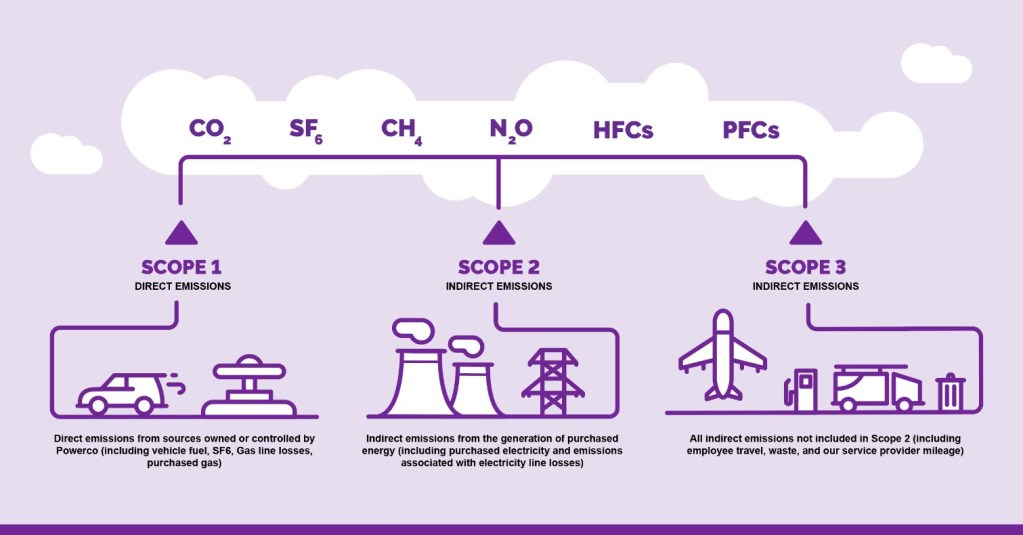Introducing our emissions reduction and offsetting target

As part of Powerco’s sustainability commitments, we’ve set a target of being net-zero at 2030 for scope 1 and 2 emissions, excluding line losses.
Powerco’s Corporate Sustainability Manager Carol O’Sullivan says this target shows Powerco’s commitment to do our part to remain within clear scientific warnings that the world’s global average temperatures must not go beyond a threshold of 1.5 degrees celsius.
“Developing an emissions target is a big milestone and we feel proud about the changes it will bring,” says Carol. “We look forward to collaborating and innovating across the business to make it a reality.”
In alignment with the Greenhouse Gas Protocol (the world's most widely used greenhouse gas accounting standards), our emissions have been calculated into three categories:
- Scope 1 emissions = Direct emissions from sources owned or controlled by Powerco (including vehicle fuel, SF6 leakage from network equipment, gas line losses, and purchased gas)
- Scope 2 emissions = Indirect emissions from the generation of purchased energy (including purchased electricity and emissions associated with electricity line losses)
- Scope 3 emissions = All indirect emissions not included in scope 2 (including employee travel, waste, and our service provider mileage).
To meet our 2030 target, we’ll need to work as a business to eliminate our avoidable scope 1 and 2 emissions by FY30.
From this, we will form a ‘net zero road map’ in early-2021, which will help keep us on track to reach our target by the end of the decade. A plan is also being formed to offset any unavoidable emissions in a way that aligns with our company values.
“As well as focussing on those areas included in our target, we’ll also continue to measure and reduce our largest scope 3 emissions, such as staff flights, taxis, rental cars and contractor mileage,” says Carol.
NOTE
Powerco’s net zero target excludes emissions associated with energy lost through our electricity lines and gas pipes. These are accounted for at the point of obligation through New Zealand’s Emissions Trading Scheme. In addition, these emissions should reduce in line with the New Zealand government’s goal of 100% renewable electricity by 2030 and are largely out of Powerco’s control.

